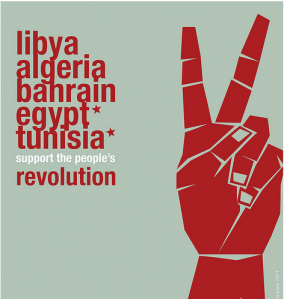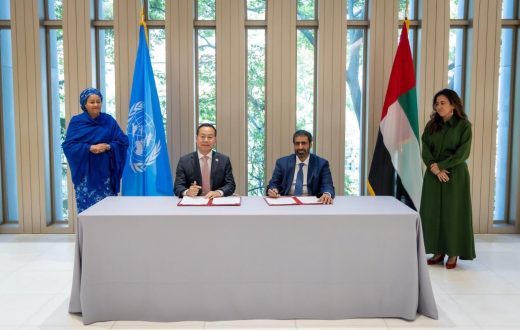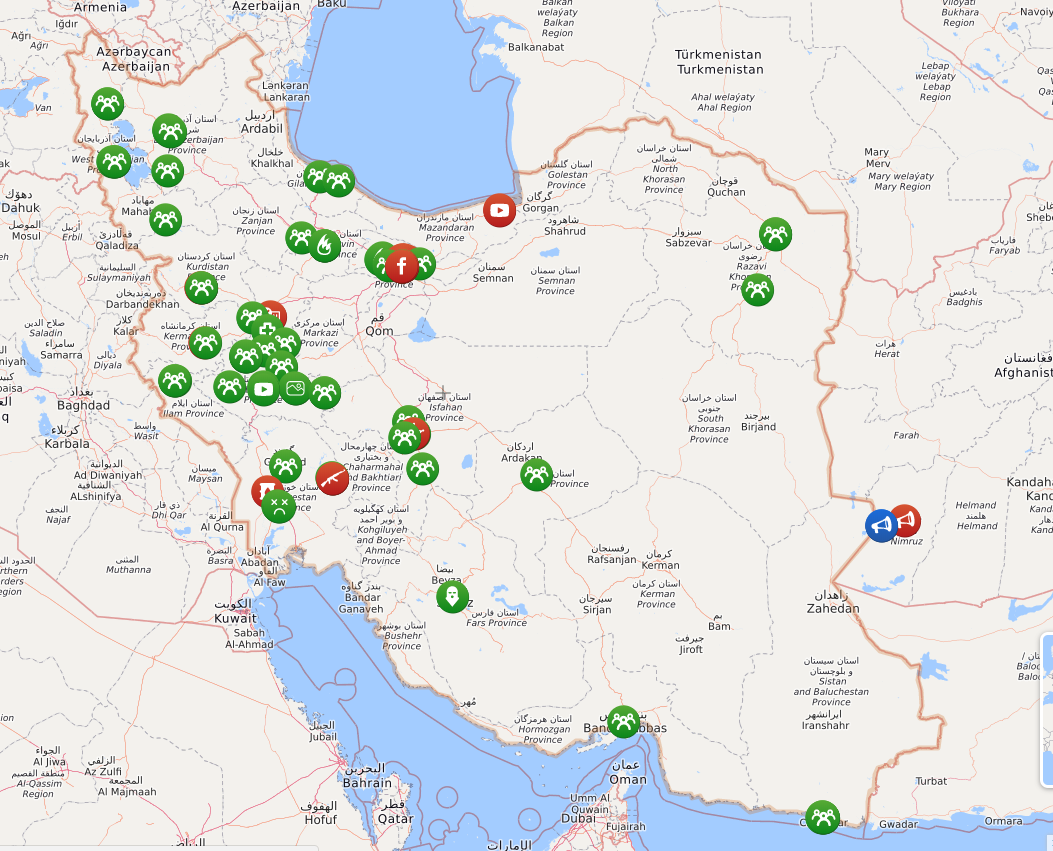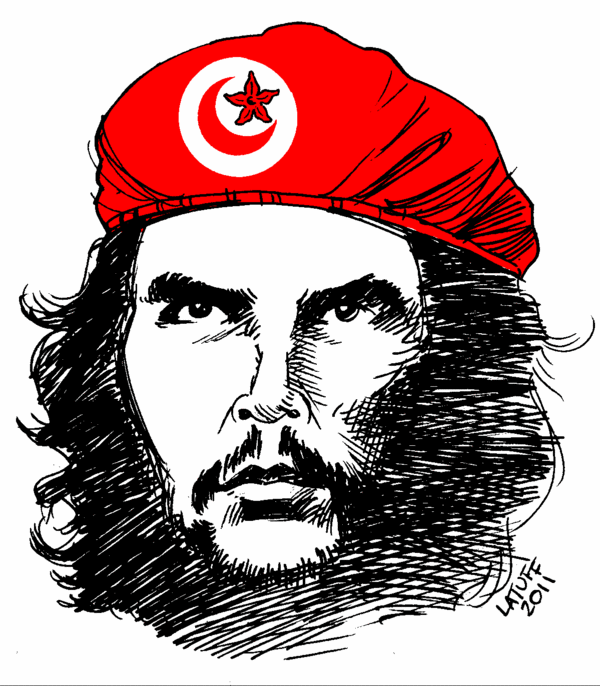This article is an original one that will enhance the connexion between Food and Geopolitics wrote by Foodfusionandpolitics.
On December 19, 2016 Anis Amri stole a truck and crashed it into a Christmas Market in Berlin, Germany. When I did my research and found that Amri was a Tunisian national I instantly thought to myself, why would someone do this? I started by researching Tunisia and its economic history. As a person who studied Anthropology of Food I couldn’t help but notice a connection between the rising prices of food and refugees in Germany from North Africa. This particular country profile will analyze the influences of the Arab Spring on January 4, 2011 and the current situation.
Tunisia is the smallest country in North Africa which borders Algeria to the West, the Mediterranean Sea to the north and Libya to the East. The population is between 10-11 million people. In 2011 Tunisia became the first Arab country to topple its dictator of 23 years which influenced other Arab countries such as Egypt, Bahrain, Libya and Syria.
In 1987 the first President of Tunisia, Habib Bourguiba was declared not healthy enough to continue running the government and was overthrown by Zine-El-Abidine Ben Ali who staged a, “medical coup”. While Tunisia was considered to have less poverty in comparison to other African countries there were still issues of corruption. Abidine implemented economic reforms and changed a variety of laws. However, he still managed to create a police state and kept winning elections throughout the years. His wife Leila took advantage of the system by allowing her brothers to run the economy to their benefit. Even after the Arab Spring, agriculture and other food industries continued to deteriorate.

The Reason and start of the Arab Spring
Mohamed Bouazizi a food vender and sole provider for his family in the city of Sidi Bouzid became the symbol of the Arab Spring when he lit himself on fire. Not only were people shocked but they were also wondering why someone would go as far as lighting themselves on fire. The reason that Bouzizi lit himself on fire was due to a police officer taking away his scales to measure fruits and vegetables and demanded a bribe. Additionally, that same officer slapped Bouazizi in the face for refusing to pay her. While such cases were common during this time people felt that they did not have voice since these incidents kept occurring and the local government would not intervene. Another thing to note is that in 2011 the unemployment rate in Tunisia was at its highest 18%. Since the Revolution unemployment has maintained about 15% which is still considered to be very high.
Out of all the Arab countries that had a Revolution Tunisia is considered to be the most successful. However, many Tunisian’s feel that the Arab Spring did not improve their daily living conditions. In fact many people today complain that the prices of their food has increased significantly.
Terrorist Attack in Berlin and the Tunisian National
- Anis Amri was a Tunisian citizen from a city called Oueslatia which is located in Kairouan Province. This particular city is just 80 miles or 128 KM north of Sidi Bouzid which was Bouazizi’s city. Amri had five sisters and three brothers and grew up in extreme poverty which led him to commit petty crimes.
Opinion
I just want to mention that I am not justifying Anis Amri and his actions in Berlin. However, I do think that living in poverty most of his life he felt desperate to do something. It was said that Amri was radicalized while in jail in Italy which means that ISIS knew exactly how to attract people in their most desperate moments. The reason that many terrorist groups such as ISIS appeal / appealed to people is because of the promises of living a life where food and other necessities were promised.
Below, I have provided a recipe of a dessert called Makroudh which is common to find in Amri’s province.
How to do Makroudh?
Sugar : 500 g
Lemon juice : 1/2 lemon
Semolina: 500 g
Flour: 250 g
Butter: 125 g, salted
Olive oil: 100 ml, and oil for deep frying
Date paste: 250 g
Info box
Preparation time 1 h Cooking time 30 m
Recipe category Dessert
Recipe yield 8
Recipe cuisine
African
Preparation
Put the sugar in a pan with the lemon juice and 250 ml of water. Bring to the boil and simmer over a low heat for around 10 minutes until thick and syrupy. Remove from the heat.
In a bowl, mix together the semolina and flour. Melt the butter and add to the dry ingredients, together with the oil.Mix together until homogeneous. Add a little more oil if necessary. Stir in boiling water, a tablespoonful at a time, until you have a smooth dough.Shape the dough into strands 3-4 cm thick and make a depression along the centre.Spoon the date paste into the depression and wrap the dough around it so that it encloses the paste.Flatten slightly and score in a diamond pattern.Cut into approx. 4 cm lengths and fry in the hot oil until crispy.Drain briefly on kitchen paper and transfer to the sugar syrup. Take out of the syrup to serve, and arrange in small cake cases, for example.
https://www.finedininglovers.com/recipes/dessert/makroud-recipe-tunisia/









